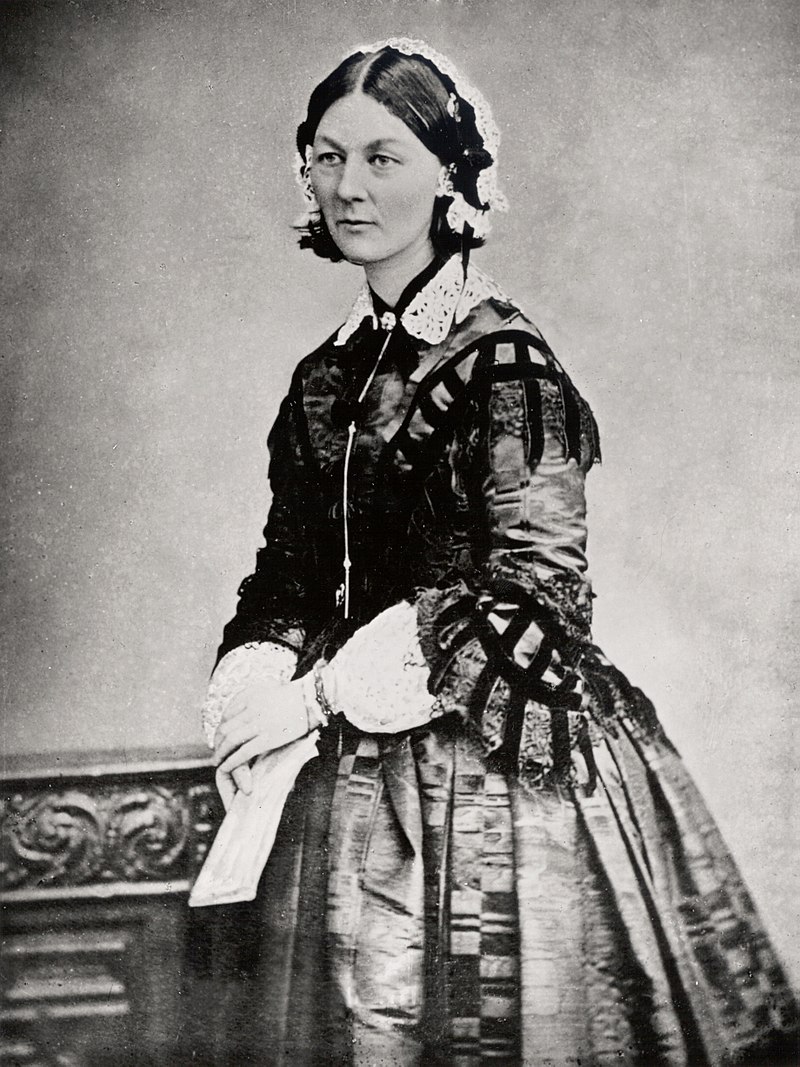"On the road..." is a series of posts about our Discovery
of Britain's highways and byways. Whether it be some family fun, a
surprising connection or just a beautiful spot we want to share our love for
this country with you.
Today we visit New Inn, Gloucester
When you arrived in town these coaching inns wanted to
attend to your every need – a one stop service station: bootblacks to clean your shoes, scullions and
cooks to take care of your clothes and meals, rooms for you to lay your weary
head. Stables and blacksmiths for your
horses, and at posting inns you could hire a post-chaise – a closed,
four-wheeled, horse-drawn carriage - in which to continue your journey. These were the car hire depots or taxi
service of their day. One Gloucester
Inn, the Black Spread-Eagle, boasted “Stabling for above an hundred
horses...very fine Hay in the stables…and fine grazing grounds.”
Inns were vital hubs in the whole transport network and
Gloucester was in a great spot to be sending and receiving coaches from all
directions - from London, Cheltenham and Oxford in the east, Wales and Hereford
to the west, Bath and Bristol to the south, and Birmingham and Liverpool to the
north.
The inn network provided the ability to change horses at
regular intervals allowing you to travel at a fair speed. Goods wagons would slowly trundle along
taking a good four days to reach London – some 105 miles away. A coach from Gloucester at a gentle pace
would reach London in a couple of days.
At a quicker pace in the lighter coaches and a changing of horses every
six or so miles you could leave at six in the morning and be in London by eight
that evening – a 14 hour trip. A
certain Mr Jones, for a bet of 650 guineas, left The Bell Inn at Gloucester at
four in the morning and raced to London in nine hours having changed his horses
eight times on route (1802).
The Post Office made arrangements with coaching inns to
carry mail along certain routes. The
Post Office provided a coach and an armed guard. The inns provided the driver and horses. The fares for the four passengers were an
extra bonus in the pocket of the inn keeper.
Inns like this were important social centres. They were the best place to get the latest
news and gossip as mail coaches and travellers from afar arrived with tall
tales, loose tongues and eager ears to soak it all in. Balls, cockfights, plays, lectures, political
debates all found a home in or around these community centres.
An Innkeeper just outside of the City was proud to declare
that she had been “dipping man and beast… in the salt-water” for the past 30
years (1754-1784). Such dipping
revitalized the skin and relaxed those aches and pains and provided another
reason to stay in her inn.
With all of these streams of revenue Landlords were often
some of the wealthiest citizens in town.
By 1455 there were at least 10 inns on the main streets of
Gloucester, and by the 1820s around 100 coaches would pass through Gloucester
every day.
In 1854 the final mail coach passed through Gloucester
signalling the displacement of these ancient coaching inns to the almighty
railways. This shifted the whole status
of these inns from an essential service to an optional place to stay should you
fancy lingering in town. Their heyday was
gone. Most disappeared, but New Inn
survived as a wonderful reminder of a time when the horse drawn coach was king
of the road.
This
is an excerpt from the tour Gloucester City Tour - Part Two which
explores the streets around the Cathedral. The full tour is found
on www.obelisktours.co.uk




















